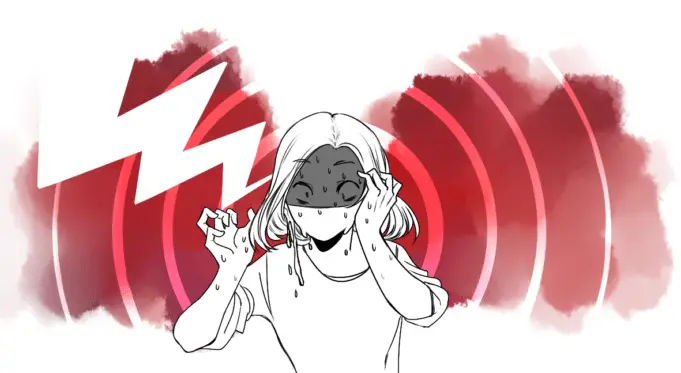There are times when we are distracted by chewing, pen tapping, or other small noises. However, those noises are more than just irritating for those with a disorder known as misophonia.
First recognized in 2001 as a disorder, “misophonia” is the ancient Greek term for “irritation for sound.” It is also known as selective sound sensitivity syndrome. It is a severe brain irregularity with both physiological and psychological symptoms.
MRI scans showed a significant difference in the brain structure of people with misophonia in a recent study and in the way their brains respond to hearing triggering sounds.
This extreme sensitivity to sound triggers a fight-or-flight reaction in individuals with the disorder that can disrupt their everyday lives. On hearing triggering sounds, they can feel fear, anger, and panic. This can contribute to isolation, avoidance, and anxiety.
Misophonia research is still comparatively recent. Some experts have concluded that the condition should be classified under obsessive-compulsive and other related disorders, especially since the criteria for diagnosing the condition is yet to be decided in the Diagnostic and Statistical Manual of Mental Disorders.
Misophonia triggers
What triggers people with misophonia differs, and this may change with time. Common triggers are often sounds made from other people’s mouths.
This may include:
- Chomping
- Throat clearing
- Slurping
- Lip-smacking
- Swallowing
Some other annoying sounds may include:
- Papers rustling
- Slamming car doors
- Foot wagging
- Sniffling
- Hair twirling
- Ticking clocks
- Nose rubbing
- Writing sounds
- Bird sounds
- Crickets and other animal sounds
Generally, most individuals with misophonia can be triggered by any sound.
What misophonia feels like
The closest thing to understanding what happens when a person with misophonia sees or hears something sounds that may trigger them is to imagine how irritating it is to hear or see someone running their fingernails on a chalkboard.
Most people experience prickled skin, flared nerves, and would want the irritation to stop immediately.
The worse part is, many people with misophonia have to deal with these triggers daily, and other people around them have no knowledge of what they are dealing with.
Dr. Marsha Johnson, who is an audiologist at Oregon Audiology Clinic, explained that people with this disorder might experience a response to sounds even before they are cognitively aware that they are hearing them.
Johnson added, “It’s like a rush of negative reaction.” “It is sudden. It is explosive. It envelops more of your cognitive abilities.”
Causes
Researchers are not yet acquainted with what causes misophonia. The chances of being affected by this condition are higher in people suffering from the following disorder:
The condition where sounds are heard, such as a sharp ringing in the ears that others don’t hear, is known as tinnitus. People with tinnitus also have an increased chance of suffering from misophonia.
Before now, several individuals with the disorder have been misdiagnosed with phobias, anxiety, and other disorders. Nonetheless, misophonia has been categorized as a disorder with its unique characteristics, and may include the following:
More women suffer from misophonia than men
- Individuals with the disorder are reported to have high IQs
- The occurrence of the disorder tends to be before puberty, with early symptoms manifesting between the ages of 9 – 12
- There is probably a genetic disposition as it commonly runs in the family
- The usual trigger sounds are oral sounds from family members, and this can birth more triggers
Coping with misophonia
Unfortunately, the condition is a lifelong disorder, and there is no cure for it yet. Nonetheless, several options have been developed to help manage misophonia, and they include:
- Cognitive behavioral therapy: CBT is a treatment option that professionals could incorporate to change the effects of triggering noises. Ear-level devices that produce audio of nature or other sounds effectively manage misophonia, with 85% of affected persons experiencing symptom relief.
- Tinnitus retraining therapy: TRT is another treatment option that’s used to teach people with misophonia to handle noise better that they may find irritating.
- Counseling: Supportive counseling for people with misophonia and their family is essential. This is because the condition can also affect family members as well.
There are currently no medications confirmed by the United States Food and Drug Administration for the treatment of misophonia, but this doesn’t mean that people with the condition don’t overcome the symptoms associated with the disorder.












